Summer thunderstorms trigger massive sewage overflows: Water Quality Update
Riverkeeper and our partners sampled more than 410 locations in the Hudson River Watershed in July. The data reinforced what Sewage Pollution Right to Know Alerts made plain: When it rains, sewage overflows in high volumes from multiple communities.
In the week of July 22, there were at least two and as many as 12 communities with sewers overflowing into the Hudson River or its tributaries each day. In all, 21 communities reported 47 overflow events, totaling more than 20 million gallons of sewage. This is almost certainly an underestimate, as not all communities can accurately measure, nor do all estimate overflow volumes. The majority of these were from cities with combined sewers, including New York City, Troy, Newburgh, Kingston, Poughkeepsie, Newburgh and Glens Falls. Combined sewers carry both rain runoff and sewage in the same pipes, and are they are designed to overflow when water flowing from the street exceeds their capacity. Others, such as Middletown and Walden in the Wallkill River Watershed, have separate sewers that should not overflow, but they suffer from inflow and infiltration – a condition common with old infrastructure.
These overflows are nothing new – unfortunately. What is new is that we know about them, thanks to the Sewage Pollution Right to Know Law, advanced by Riverkeeper and signed by Governor Andrew Cuomo in 2012. Public awareness about the extent of these overflows helped to build the case for the 2015 Water Infrastructure Improvement Act and the landmark $2.5 billion Clean Water Infrastructure Act in 2017. Together, these represent New York State’s largest investment in water infrastructure in a generation.
But we know that even that landmark investment it is not enough. Communities with combined sewers that overflow are working on 15- and 20-year Long Term Control Plans to come into compliance with the Clean Water Act, and even compliance won’t fully eliminate overflows. Statewide, our need for drinking water and sewer infrastructure improvements is the greatest in the nation, at some $80 billion. If we are to dump less raw sewage into the water, we’ll need to make bigger investments that speed up our progress. That’s why we are asking Governor Cuomo to provide details about his exciting proposal $10 billion fund for water infrastructure and other environmental benefits.
We will analyze data from more than 5,200 water samples this year, each gathered by Riverkeeper or our partners throughout the Hudson River watershed. You can help fund this work by becoming a Riverkeeper member or renewing your Riverkeeper membership:
The latest data
Check out the latest data on fecal contamination in the Hudson River Watershed, the best indicator of water quality for recreation. Remember that the data show a snapshot in time, and don’t indicate water quality today.
- Hudson River Estuary (also see: “3 of 6 closed beaches in Ulster County have reopened for swimming”)
- Upper Hudson
- Mohawk River (also see: “Storms wash sewage, much more, into rivers”)
- Catskill Creek
- Roeliff Jansen Kill
- Esopus Creek (also see: “Saugerties Beach is more often safe than not, experts say”)
- Saw Kill
- Rondout Creek
- Wallkill River (also see: “Special sampling in the Wallkill Watershed”)
- Ossining Beach
- Pocantico River
- Sparkill Creek
- Saw Mill River
- Bronx River (also see: “Achieving water quality in the Bronx means looking upstream”)
- East River
- New York City (also see: “Flushing Bay Vision Plan Launch”)
Thank You
Nearly 50 partners make the collection and processing of data possible. In 2018, partners include:
- Ancram Conservation Advisory Council
- Ashokan Center
- Bard Water Lab at Bard College
- Batten Kill Conservancy
- Bronx River Alliance
- Brooklyn College
- Butler Conservation Fund
- Cary Institute
- Columbia University’s Lamont-Doherty Earth Observatory
- Columbia-Greene Trout Unlimited
- Cornell University
- CUNY Queens
- DEC Division of Water
- DEC Hudson River Estuary Program
- Gardiner Conservation Advisory Council
- Groundwork Hudson Valley
- Hudson Basin River Watch
- Hudson Crossing Park
- Hudson River Drinking Water Intermunicipal Council
- Hudson River Maritime Museum
- IDEXX
- Interstate Environmental Commission
- Jarrett Engineers
- John Jay College
- LaGuardia Community College
- Montgomery Conservation Advisory Council
- New Paltz Kayaking Tours
- New York City Water Trail Association
- NYC boathouses
- NYS Environmental Protection Fund
- Ossining High School
- Pace University
- Park Foundation
- Pleasantville Conservation Advisory Council
- Rhinebeck Rotary Club
- Rochester Environmental Conservation Commission
- Rocking the Boat
- Roe Jan Watershed Community
- Sarah Lawrence College Center for the Urban River at Beczak
- Saw Kill Watershed Community
- Saw Mill River Coalition
- Sparkill Creek Watershed Alliance
- SUNY Cobleskill
- SUNY Maritime
- SUNY Poly
- SUNY Rockland
- The River Project
- U.S. Geological Survey
- Wallkill River Watershed Alliance
- Waterkeeper Alliance
- Wawarsing Environmental Conservation Commission
- Yonkers Paddling and Rowing Club
